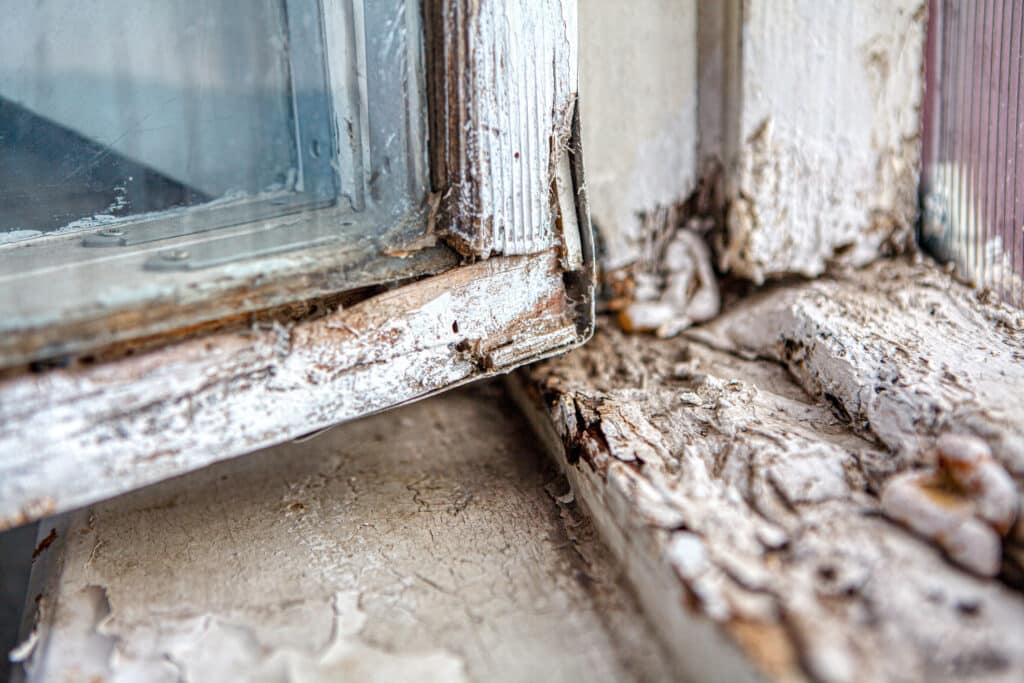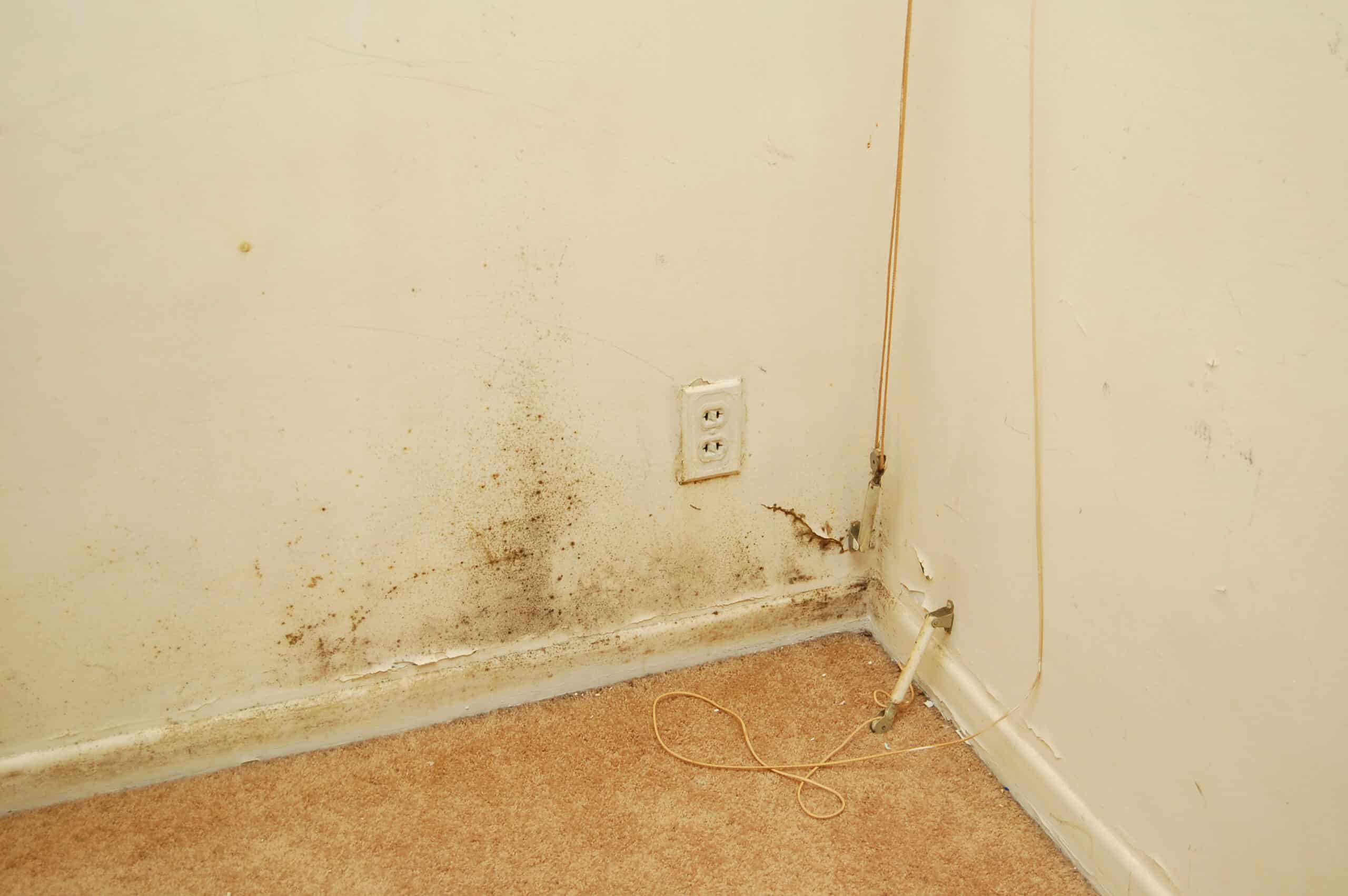
Types of Wood Decay in Tennessee Homes: Identification & Prevention
When protecting your Tennessee home from structural damage, understanding the types of wood decay that can affect your property is essential. While many homeowners focus on insect damage from termites or carpenter ants, fungal wood decay can be equally destructive—often operating unseen until significant damage has occurred.
Understanding Wood Decay Fungi in Tennessee
Wood decay fungi thrive in Tennessee’s climate, particularly in homes with moisture issues. These fungi break down components of wood, compromising its structural integrity and potentially leading to costly repairs.

What Causes Wood Decay?
Wood decay fungi require specific conditions to thrive:
- Wood moisture content exceeding 20%
- Adequate oxygen levels
- Suitable temperatures (typically 50-90°F)
- Food source (wood components)
When these conditions exist in your home, various types of wood decay can take hold and begin deteriorating your property’s wooden structures.
Common Types of Wood Decay in Tennessee Homes
Different types of wood decay affect wood in unique ways, causing distinct patterns of damage and presenting different risks to your home.
Brown Rot: The Most Common Wood Destroyer
Brown rot is the most prevalent type of wood decay found in Tennessee homes. This destructive fungus primarily targets the cellulose and hemicellulose components that give wood its strength.
Characteristics of brown rot include:
- Creates dry, brown, crumbly wood texture
- Forms cube-like cracking patterns
- Causes significant strength loss (up to 75%) even before visible damage
- Can affect both structural lumber and living trees
- Spores travel through air, entering homes via windows and vents
Brown rot is particularly concerning because it can rapidly compromise structural integrity before visible signs are apparent. Known sometimes as “dry rot” (despite requiring moisture to develop), this type of wood decay can quickly transform solid wood into a brittle, block-like material that crumbles easily.
White Rot: The Silent Deteriorator
Unlike brown rot, white rot fungi exclusively target non-living wood materials, making your home’s structural elements vulnerable but sparing living trees.
White rot is characterized by:
- Light-colored, spongy wood texture
- Stringy or fibrous appearance
- Bleached look with white or yellowish coloration
- Gradual breakdown of both lignin and cellulose
- Often appears in damp areas with poor ventilation

White rot breaks down lignin, the compound that gives wood its rigidity. As it feeds, it leaves behind lighter-colored cellulose, creating the distinctive whitish appearance. Though the damage pattern differs from brown rot, the structural implications are equally serious.
Soft Rot: The Slow-Moving Threat
While less aggressive than other types of wood decay, soft rot should not be underestimated when found in Tennessee homes.
Key indicators of soft rot include:
- Small cavities and cracks in wood surfaces
- Softening of wood when pressed
- Less dramatic color changes than other decay types
- Ability to thrive in more extreme temperatures
- Often found in consistently wet environments
Soft rot breaks down cellulose more gradually than brown rot, creating small cavities within the wood structure. Though slower to progress, untreated soft rot will eventually cause significant structural damage requiring costly repairs.
Protecting Your Tennessee Home from Wood Decay
Preventing wood decay begins with controlling moisture—the most critical factor in fungal growth. Effective prevention strategies include:
- Maintaining proper drainage around your foundation
- Ensuring adequate ventilation in crawl spaces and basements
- Promptly repairing leaks in plumbing, roofing, and windows
- Using dehumidifiers in naturally damp areas
- Keeping gutters clean and functional
- Maintaining proper ground slope away from your foundation
Professional Wood Decay Solutions from U.S. Pest Protection
At U.S. Pest Protection, we understand the serious threat that various types of wood decay pose to Tennessee homes. Our comprehensive approach includes:
- Expert identification of all types of wood decay present
- Root cause analysis to determine moisture sources
- Customized treatment plans based on decay type and extent
- Preventative solutions to protect against future infestations
- Structural recommendations to address existing damage
Don’t wait until wood decay compromises your home’s structural integrity. Different types of wood decay require specific approaches, and early intervention can save thousands in potential repair costs.
Schedule your free wood decay inspection with U.S. Pest Protection today. Our expert technicians will assess your home’s condition and provide effective solutions to protect your most valuable investment from the destructive effects of wood decay fungi.

